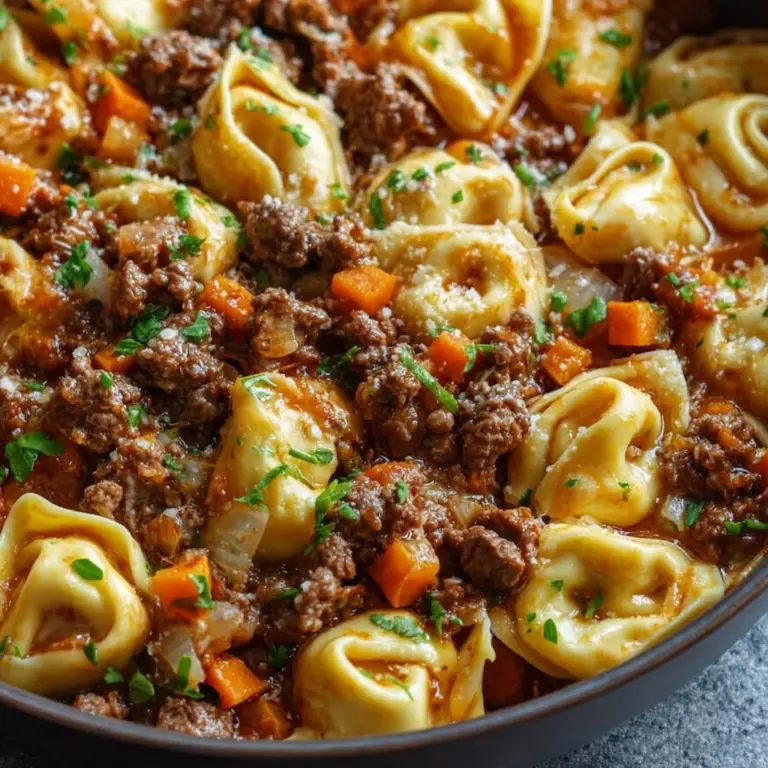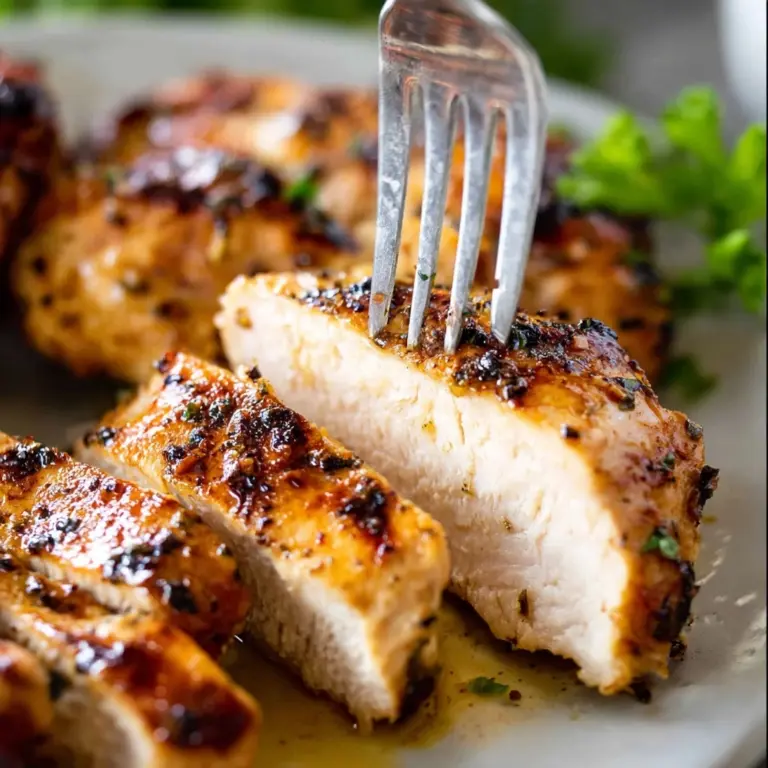How to Make Fresh Homemade Bread Recipe
If you have ever wondered How to Make Fresh Homemade Bread that fills your kitchen with the most irresistible aroma and tastes like it came straight from a bakery, you’re in the perfect place. This simple white bread recipe is both approachable and rewarding, delivering a soft, golden loaf with a tender crumb and just the right amount of chew. Whether you’re a complete beginner or a seasoned home baker, this recipe will guide you through each step with warmth and enthusiasm, making the entire bread-making experience feel like a cozy, delicious adventure.
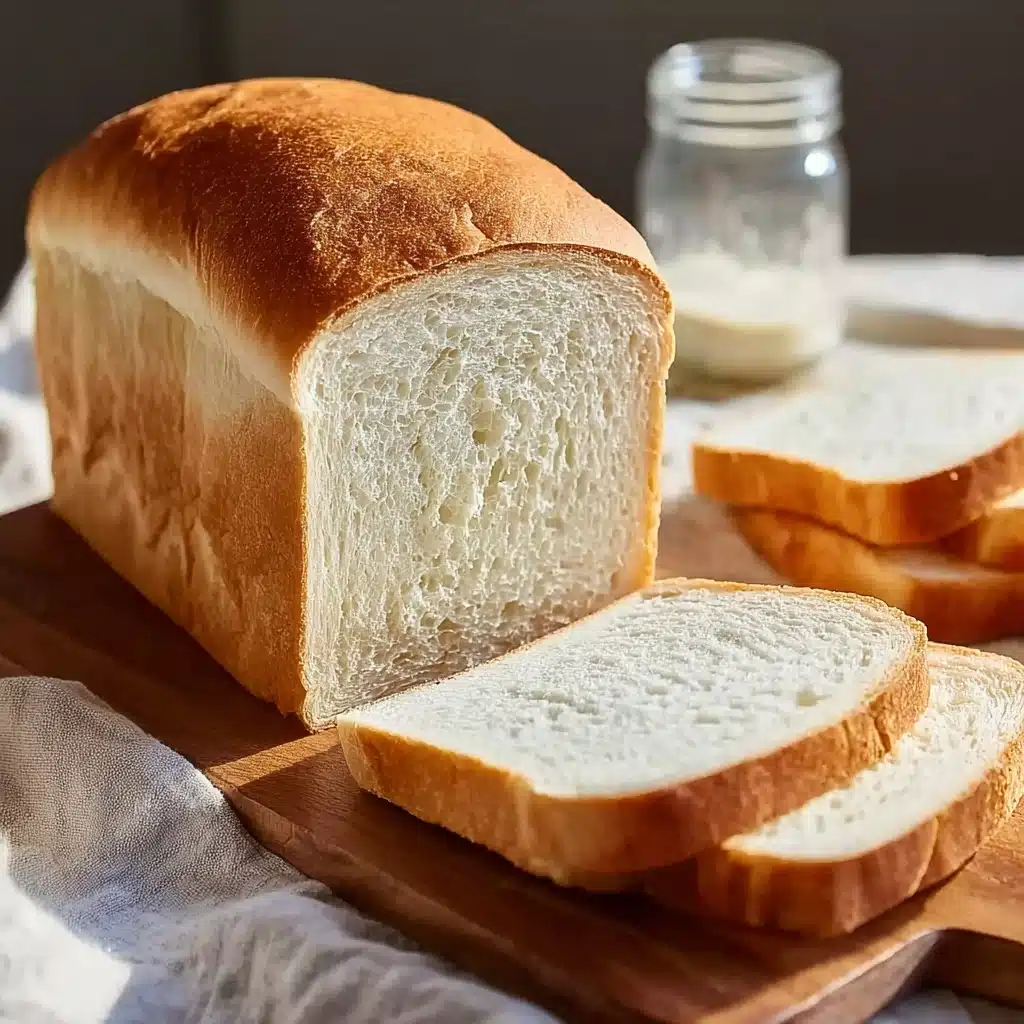
Ingredients You’ll Need
The magic behind this bread’s incredible flavor and texture comes from just a handful of straightforward ingredients. Each one plays an essential role, from creating the dough’s structure to adding subtle sweetness and moisture that keeps every slice delightfully soft.
- 3 1/2 cups all-purpose flour: The foundation of your bread, providing structure and that perfect chewiness.
- 1 tablespoon sugar: A little sweetness to feed the yeast and add balance to the flavor.
- 1 tablespoon active dry yeast: The workhorse that helps your dough rise beautifully and creates an airy texture.
- 1 1/2 teaspoons salt: Enhances all the flavors and controls yeast activity for a balanced loaf.
- 1 1/4 cups warm water (110°F/43°C): Just the right temperature to awaken your yeast without killing it.
- 2 tablespoons olive oil (or vegetable oil): Adds moisture and a subtle richness to the crumb and crust.
How to Make How to Make Fresh Homemade Bread
Step 1: Activate Your Yeast
Start by combining warm water and sugar in a small bowl—this encourages the yeast to wake up and get busy. After sprinkling the yeast on top, wait 5 to 10 minutes until it becomes frothy. This bubbly, foamy layer is your green light that the yeast is alive and ready to transform your dough!
Step 2: Mix the Dry Ingredients
In a large bowl, whisk together the flour and salt. Salt is vital here because it controls yeast activity and enhances flavor. Creating a well in the middle allows you to gradually introduce the wet ingredients, making the mixing process smoother and more manageable.
Step 3: Combine Wet and Dry
Pour your frothy yeast mixture and olive oil into the flour well. Using a wooden spoon, gently stir until the dough starts to come together, then get ready for the fun part—kneading!
Step 4: Knead Until Smooth
Turn the dough onto a lightly floured surface and knead for about 8 to 10 minutes. This process develops the gluten, giving your bread that satisfying chew and elasticity. It’s a tactile stage that connects you to the bread and lets you know when the dough is just right—smooth and elastic, not sticky.
Step 5: Let the Dough Rise
Place your dough in a lightly oiled bowl, cover it with a damp towel or plastic wrap, and tuck it into a warm spot. Over the next 1 to 1.5 hours, it will slowly double in size, swelling with tiny bubbles that promise a light and airy loaf.
Step 6: Shape Your Loaf
Once risen, punch down your dough gently to release air bubbles. Transfer it back to a floured surface and shape it into a loaf. This part lets your creativity shine—whether a traditional loaf or individual rolls, shaping is where personal flair meets classic technique.
Step 7: Second Rise in the Pan
Grease your loaf pan and place the dough inside, then cover it again for a shorter rise of about 30 minutes. This final proof helps the bread relax and fluff up again before it meets the heat of your oven.
Step 8: Bake Your Bread
Preheat your oven to 375°F (190°C). Slide your pan into the oven and bake for 25 to 30 minutes. You’ll know it’s done when the top turns a warm, golden brown and the loaf sounds hollow when tapped underneath—a classic sign of perfect bake.
Step 9: Cool Before Slicing
Remove the loaf from the pan and let it cool completely on a wire rack. Cooling is crucial: it allows the crumb to set, giving you clean, satisfying slices every time.
How to Serve How to Make Fresh Homemade Bread
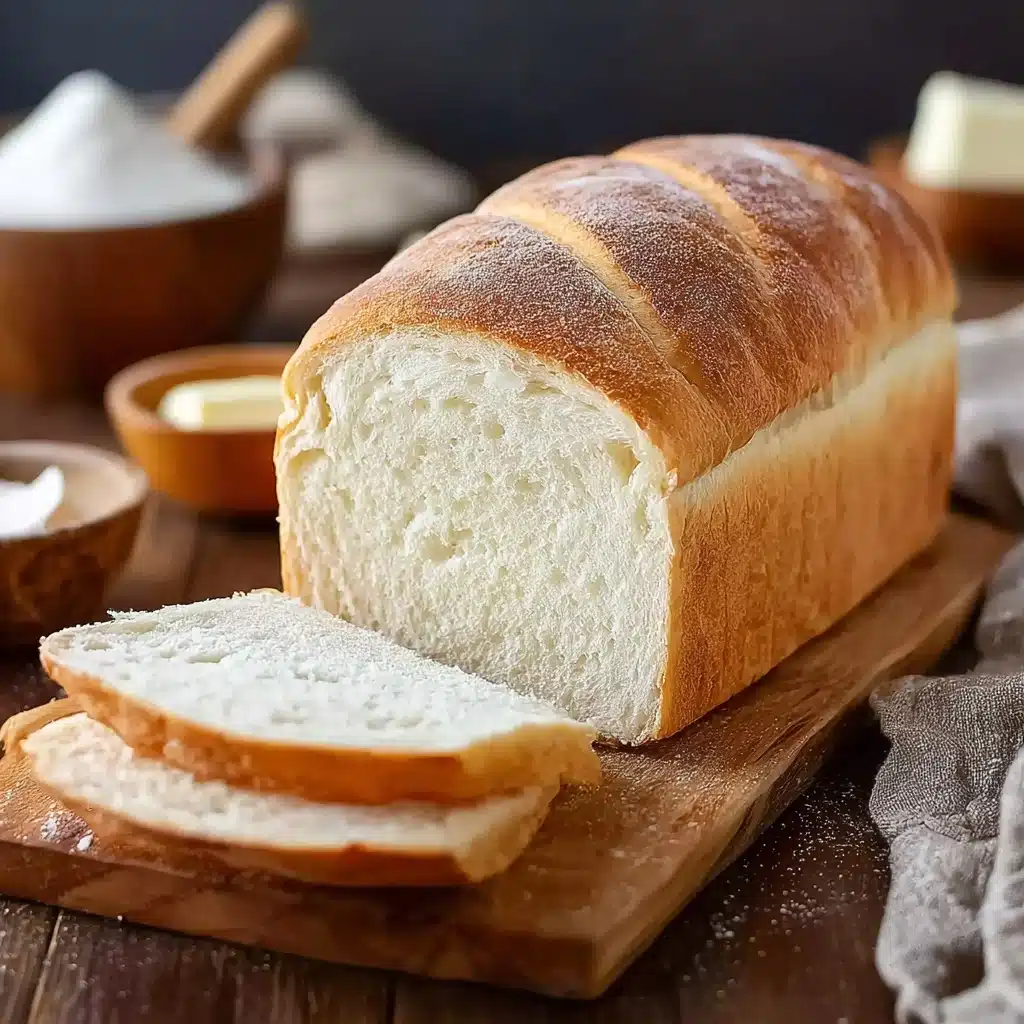
Garnishes
After baking, brushing the crust with melted butter adds a rich sheen and a touch of softness. For an extra-special touch, you can sprinkle some coarse sea salt or herbs like rosemary or thyme before baking to give subtle, savory highlights that delight your taste buds.
Side Dishes
Fresh homemade bread pairs beautifully with soups, stews, or hearty salads, making it a versatile companion at your table. It’s equally wonderful alongside creamy cheese spreads or dipped into olive oil and balsamic vinegar for an elegant appetizer.
Creative Ways to Present
Transform your simple loaf into show-stopping garlic bread by slicing and layering with garlic butter and herbs before a quick broil. Alternatively, transform it into sandwiches loaded with fresh ingredients or toast slices for a crunchy, satisfying base to your favorite toppings.
Make Ahead and Storage
Storing Leftovers
Wrap your cooled bread tightly in plastic wrap or place it in an airtight container to keep it fresh. Stored at room temperature, it will stay soft and enjoyable for up to two days—perfect if you want to enjoy it fresh each morning.
Freezing
If you want to save your bread for longer, slice it first and freeze in zip-top bags. This way, you can take out exactly what you need. Frozen bread maintains its quality for up to three months and thaws quickly for convenient, homemade goodness anytime.
Reheating
Refresh day-old bread by warming it in the oven at 350°F (175°C) for about 10 minutes. This method crisps the crust and revives softness inside without drying it out—just like it’s straight from the oven.
FAQs
Can I use whole wheat flour instead of all-purpose flour?
Absolutely! Whole wheat flour adds nuttiness and extra fiber, but keep in mind it may make the bread denser. You can substitute half the all-purpose flour to maintain a light texture while benefiting from whole wheat’s nutrients.
How important is the water temperature when activating yeast?
Water that’s too hot can kill the yeast, while water that’s too cold slows its activity. Aim for that cozy 110°F (43°C) so the yeast wakes up happily and starts producing the bubbles that help your bread rise beautifully.
Why does my bread sometimes not rise properly?
Several factors can affect rising: old yeast, water temperature, or placing the dough somewhere too cool. Always check your yeast’s expiration, use warm water, and find a warm, draft-free spot for proofing to get that perfect rise.
Can I add ingredients like herbs or cheese to this bread?
For sure! Fresh herbs, shredded cheese, or even olives can be kneaded into the dough to add lovely flavor and texture twists. Just incorporate them during kneading for an even distribution.
What is the best way to knead the dough?
Kneading by hand is simple: press the dough’s heel into the surface, fold it over, turn, and repeat. This motion develops gluten, giving bread its structure. When the dough is smooth and elastic and no longer sticks much, you know you’re done!
Final Thoughts
There is truly nothing like the joy of How to Make Fresh Homemade Bread yourself—each step connects you to a timeless tradition and fills your home with warmth and irresistible smells. Give this recipe a try, and watch how something so simple turns into a delicious staple you’ll cherish and want to share at every meal.
Print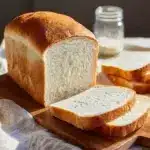
How to Make Fresh Homemade Bread Recipe
- Total Time: 1 hour 50 minutes
- Yield: 1 loaf (about 12 slices) 1x
- Diet: Vegetarian
Description
This easy homemade white bread dough recipe guides you through making fresh, soft, and delicious bread from scratch using simple ingredients. Perfect for beginners, this recipe results in a golden crust and tender crumb ideal for sandwiches or toast.
Ingredients
Dry Ingredients
- 3 1/2 cups all-purpose flour
- 1 tablespoon sugar
- 1 tablespoon active dry yeast
- 1 1/2 teaspoons salt
Wet Ingredients
- 1 1/4 cups warm water (110°F/43°C)
- 2 tablespoons olive oil (or vegetable oil)
Instructions
- Activate the yeast: In a small bowl, combine the warm water and sugar. Sprinkle the yeast over the water and let it sit for 5-10 minutes until it becomes frothy, indicating the yeast is active.
- Mix dry ingredients: In a large bowl, mix the flour and salt together. Make a well in the center and pour in the yeast mixture and olive oil.
- Form the dough: Stir with a wooden spoon until the dough begins to come together. Once it forms a dough, turn it out onto a lightly floured surface and knead for about 8-10 minutes until smooth and elastic.
- First rise: Place the dough in a lightly oiled bowl, cover it with a damp towel or plastic wrap, and let it rise in a warm place for 1 to 1.5 hours or until it doubles in size.
- Shape the dough: After the dough has risen, punch it down to release any air bubbles. Turn it out onto a floured surface and shape it into a loaf.
- Second rise: Grease a loaf pan and place the shaped dough inside. Cover and let it rise again for about 30 minutes or until it has risen slightly above the top of the pan.
- Bake the bread: Preheat your oven to 375°F (190°C). Once the dough has risen, place the loaf in the oven and bake for 25-30 minutes or until the top is golden brown and the loaf sounds hollow when tapped on the bottom.
- Cool and serve: Remove the bread from the pan and let it cool on a wire rack before slicing and serving.
Notes
- For a softer crust, brush the top of the loaf with melted butter immediately after baking.
- If you want to make rolls instead of a loaf, divide the dough into smaller portions and shape them into individual rolls before the second rise.
- This dough can be stored in the refrigerator for up to 3 days after the first rise if you want to make bread ahead of time.
- Prep Time: 20 minutes
- Cook Time: 30 minutes
- Category: Bread
- Method: Baking
- Cuisine: American
Nutrition
- Serving Size: 1 slice (about 1/12th of a loaf)
- Calories: 120
- Sugar: 1g
- Sodium: 150mg
- Fat: 2g
- Saturated Fat: 0g
- Unsaturated Fat: 2g
- Trans Fat: 0g
- Carbohydrates: 23g
- Fiber: 1g
- Protein: 3g
- Cholesterol: 0mg
Keywords: white bread, homemade bread, bread dough, easy bread recipe, fresh bread



